Posted by: Kalorintschi
Why should we analyze DNA origami in space?
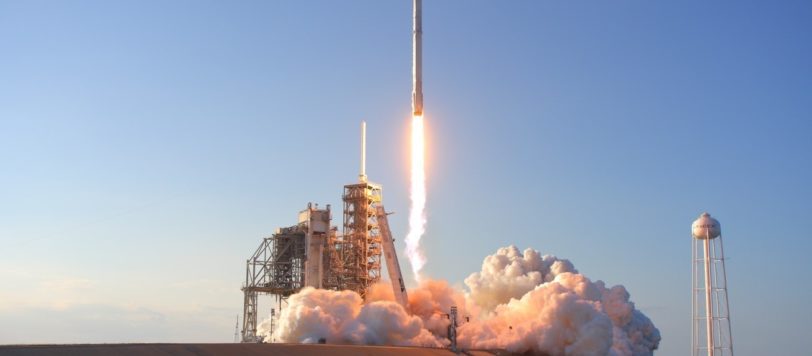
Our mission is to send a crystallization experiment to the International Space Station in December. The material we want to crystallize is called DNA Origami.
We have 2 goals:
- crystallize DNA origami for the first time
- study how the material DNA origami behaves in space fort he first time
In the DNA Origami technology, folded DNA is used as a building material for molecular devices. For the production of DNA origami structures, we simply need DNA and some salt. This mixture is heated, and while cooling off: complementary DNA strands bind and can form any designed structure.
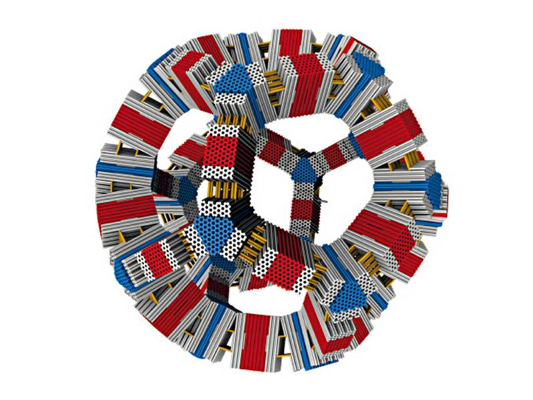
DNA Origami is a very promising nanomaterial here on Earth, but it also has all the qualities that make it interesting for future space missions:
- Raw materials are easy to find: the building blocks for DNA origami (DNA strands) can be extracted from bacteria. They can be cultivated anywhere and don’t require a lot of food or space.
- Cheap method: no costly raw materials are needed and a minimum amount of energy
- Light. Weight is an essential limiting factor in space missions, so the lighter the better.
- Bottom up method: DNA Origami self assemble into the desired structure, meaning no special machinery or tools are required to form them.
- Sustainable raw materials.
- Multiple purposes using the same raw materials.
DNA Origami therefore has properties that make it ideal to be used in space one day. But how can this technolohy be useful in space missions?
More on that in next week’s blog post!
Your Space Origami Crew


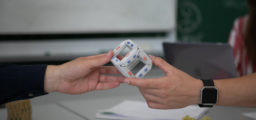
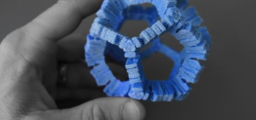
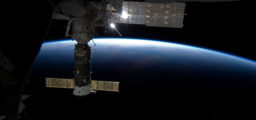
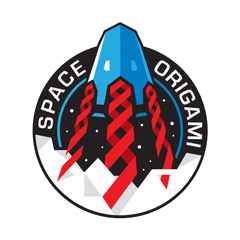
Comments are closed.